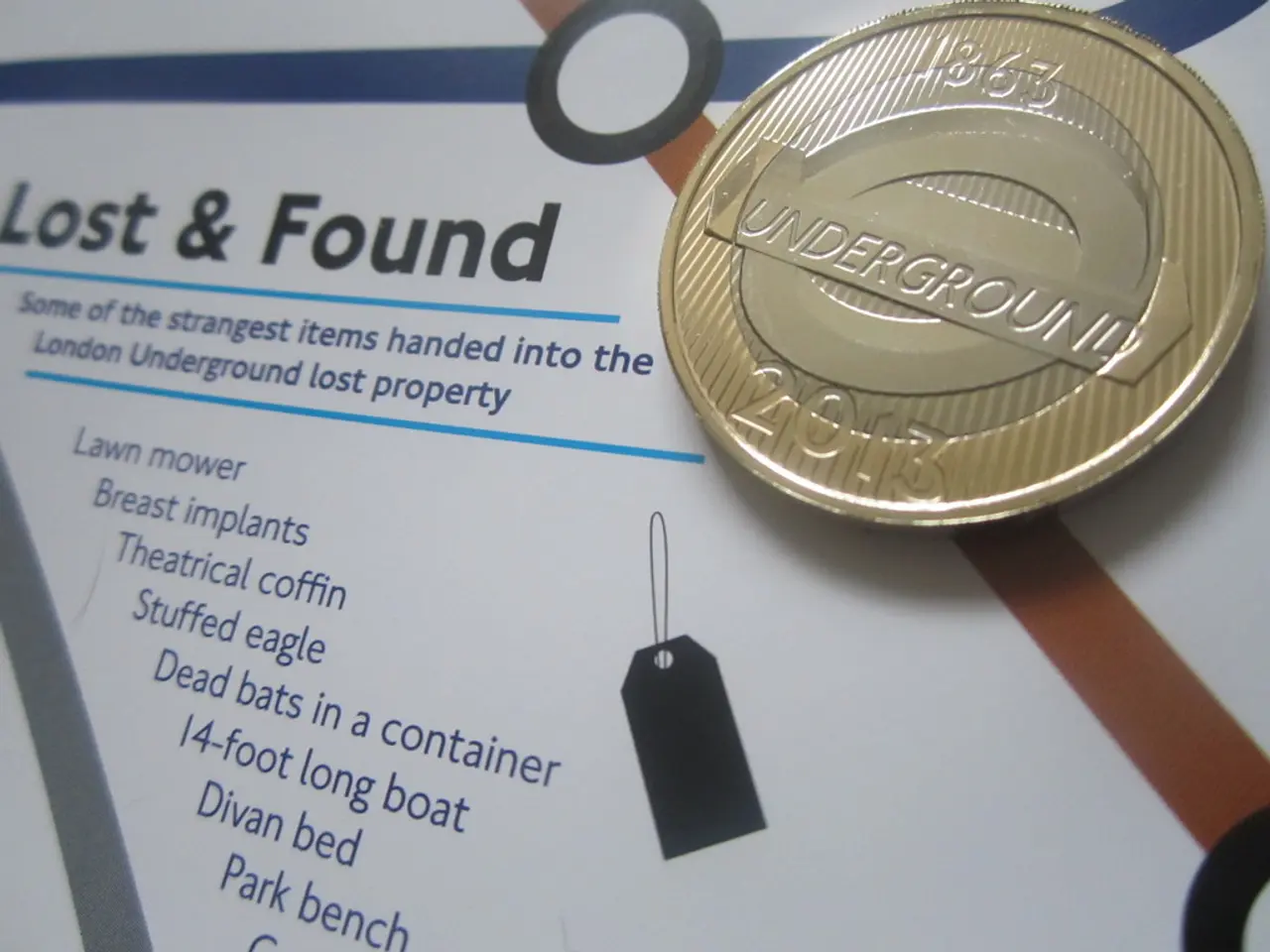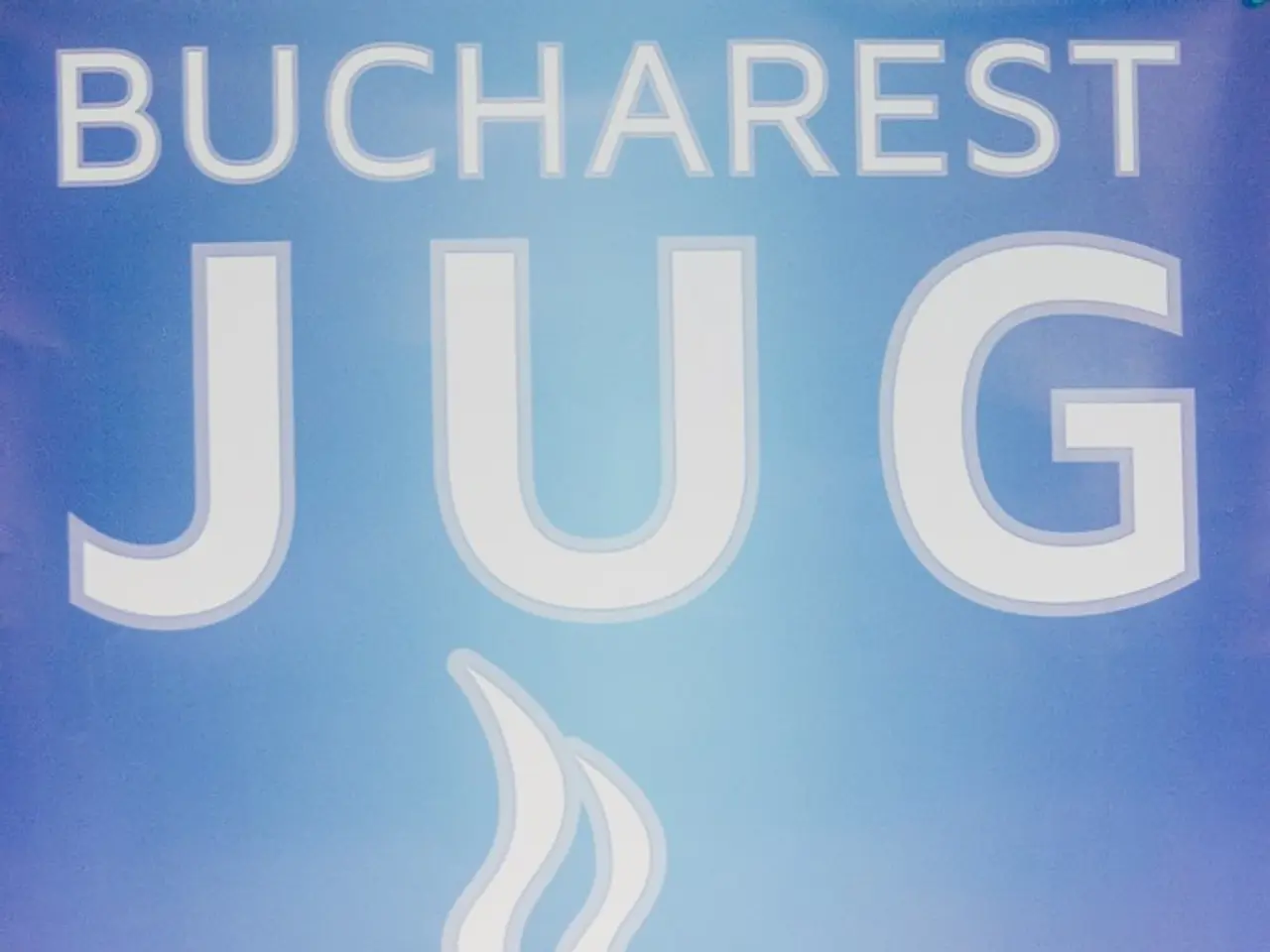Proposed Plans for Digitalized Securities in Malaysia's Capital Market
The Securities Commission (SC) of Malaysia has announced a proposed regulatory framework for tokenized capital market products. This framework, which treats tokenized securities as tokenized capital market products under Malaysian law, aims to foster innovation, provide regulatory clarity, and ensure investor protection.
Key Aspects of the Regulatory Approach
The proposed framework distinguishes between two types of tokenized securities: Digital Twin Representation Tokens and Native Tokens.
- Digital Twin Representation Tokens are digital representations directly linked to an underlying traditional asset or security.
- Native Tokens exist natively on a blockchain without an equivalent conventional paper-based counterpart.
Tokenized securities fall under existing capital markets laws and are regulated as securities. Issuers must comply with all prevailing securities laws, including those related to issuance, disclosures, and investor protections.
Issuers must maintain dual records—both a traditional registry and a blockchain-based ledger—for transparency and regulatory oversight. They must also adhere to "know-your-customer" (KYC), anti-money laundering (AML), and counter-terrorism financing (CTF) rules, similar to conventional capital market products.
The framework mandates clear governance for token creation, transfer, and custody, particularly to handle voting rights, dividend distributions, and other shareholder benefits. Operational resilience and cybersecurity requirements are stressed to protect investor interests due to the digital nature of the tokens.
Objectives of the Framework
The objectives of the framework are to:
- Foster innovation and wider adoption of tokenized capital market products.
- Provide regulatory clarity, minimizing uncertainty for market participants.
- Ensure investor protection through robust compliance and supervision.
The framework’s approach balances innovation facilitation with stringent regulation, ensuring that issuers and intermediaries comply with conventional securities rules adapted for the digital environment.
Phased Approach
The framework adopts a phased approach, with future frameworks addressing digital securities. Initially, the focus is on "digital twin" tokens rather than natively digital blockchain assets often referred to as "digital securities". The SC Malaysia has opted for a twin track regulatory approach, initially focusing only on digital twin tokens.
Regulatory Scope and Compliance
The proposed framework permits the use of permissionless public blockchains, but additional controls and risk mitigation measures are required. Expanded disclosures are necessary for tokenized securities, including whether on-chain or off-chain records are final, immobilization methods for conventional securities, blockchain specifications, and comprehensive risk disclosures.
No exhaustive public details on exact procedural steps or a finalized official regulatory text for the framework have been made fully public as of August 2025. However, it is clear that the SC is positioning itself to regulate tokenized securities firmly within existing securities law parameters, differentiating from general digital assets or tokens, while imposing compliance obligations consistent with traditional securities issuances.
The consultation for this proposed framework runs until June 16, 2025. Issuers of tokenized products must comply with existing securities laws while adding blockchain-specific protections.
It's worth noting that all legislation inherently has a bias towards the technology that existed at the time the laws were passed. This was observed by an European Commission adviser recently.
Meanwhile, Bank Negara Malaysia is developing wholesale Central Bank Digital Currency (CBDC) capabilities, with initial plans for both wholesale and retail CBDCs, but now focusing exclusively on wholesale applications.
The regulation of tokenized capital market products will be based on a technology-neutral principle, treating like products and services similarly regardless of the underlying technology. The SC's proposed framework distinguishes tokenized securities from cryptocurrencies and utility tokens.
The proposed framework seeks to promote responsible innovation while ensuring investors' interests are not compromised.
- The Securities Commission of Malaysia's proposed framework categorizes tokenized securities as tokenized capital market products under Malaysian law.
- The framework mandates dual records for tokenized securities, requiring both a traditional registry and a blockchain-based ledger.
- Operators of tokenized securities must adhere to "know-your-customer", anti-money laundering, and counter-terrorism financing rules.
- The regulations for tokenized capital market products will be based on a technology-neutral principle, differentiating them from cryptocurrencies and utility tokens.
- Bank Negara Malaysia is developing Central Bank Digital Currency (CBDC) capabilities, with a focus on wholesale applications, while the Securities Commission's framework aims to promote responsible innovation and protect investor interests.




